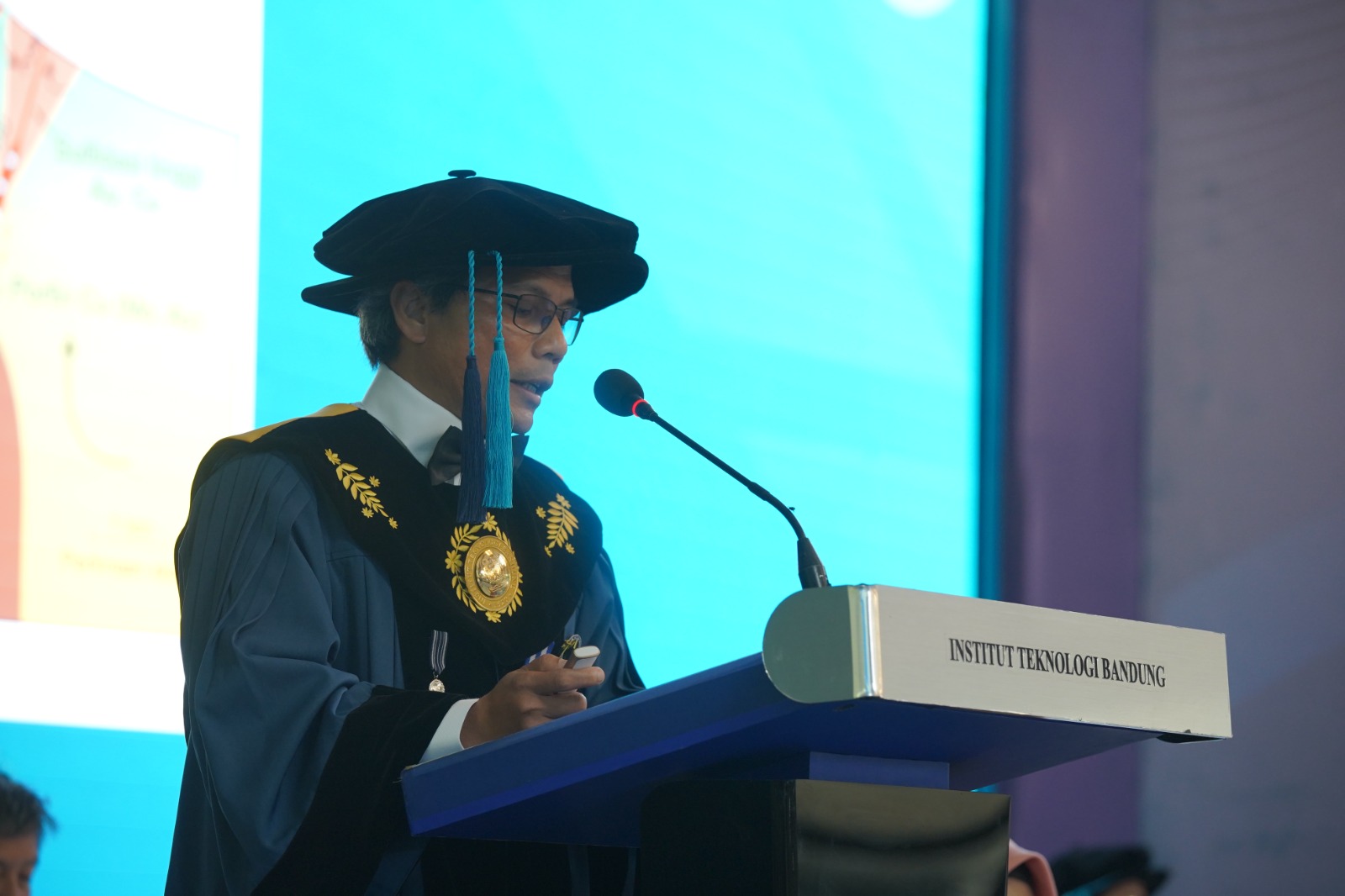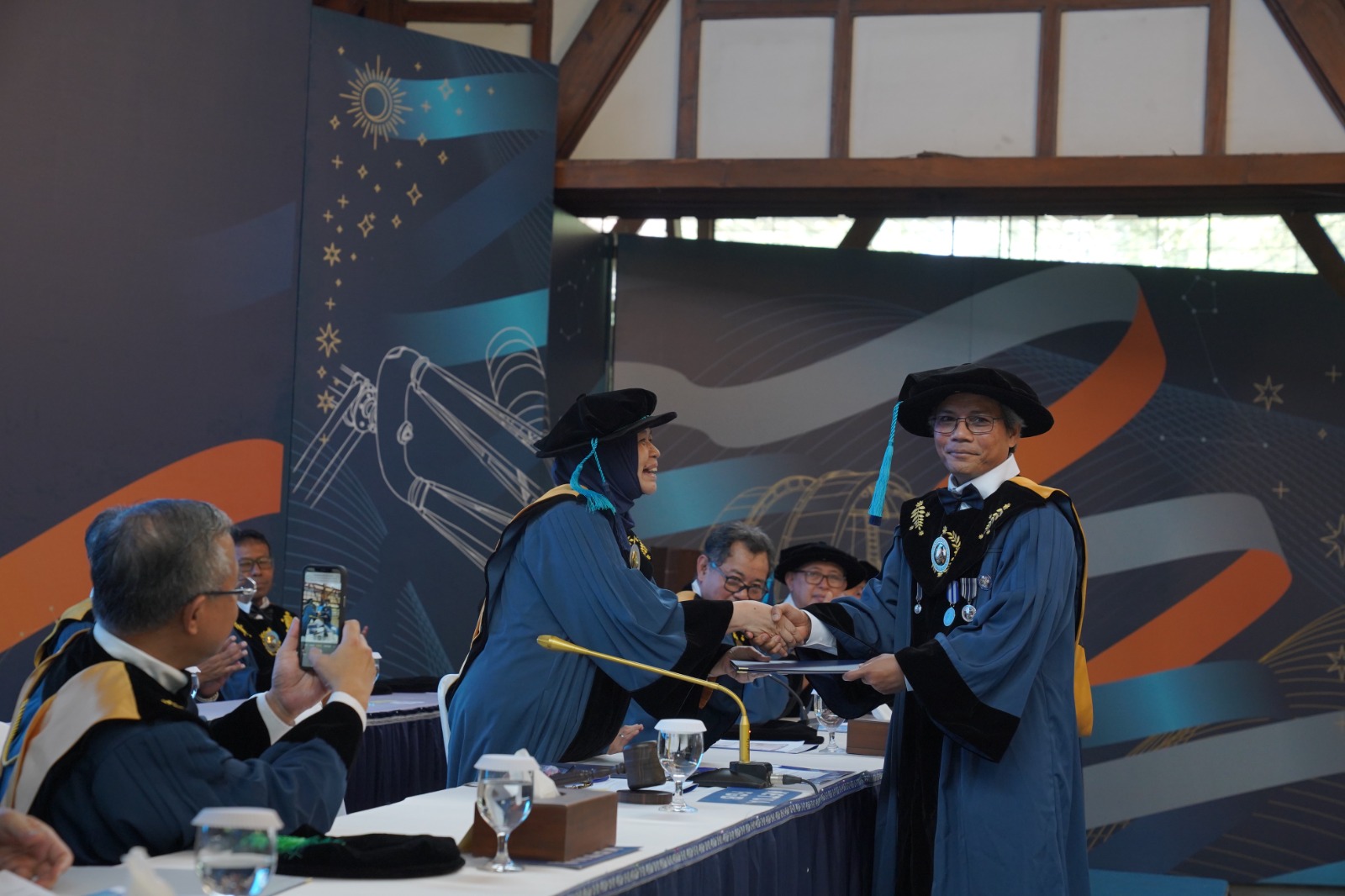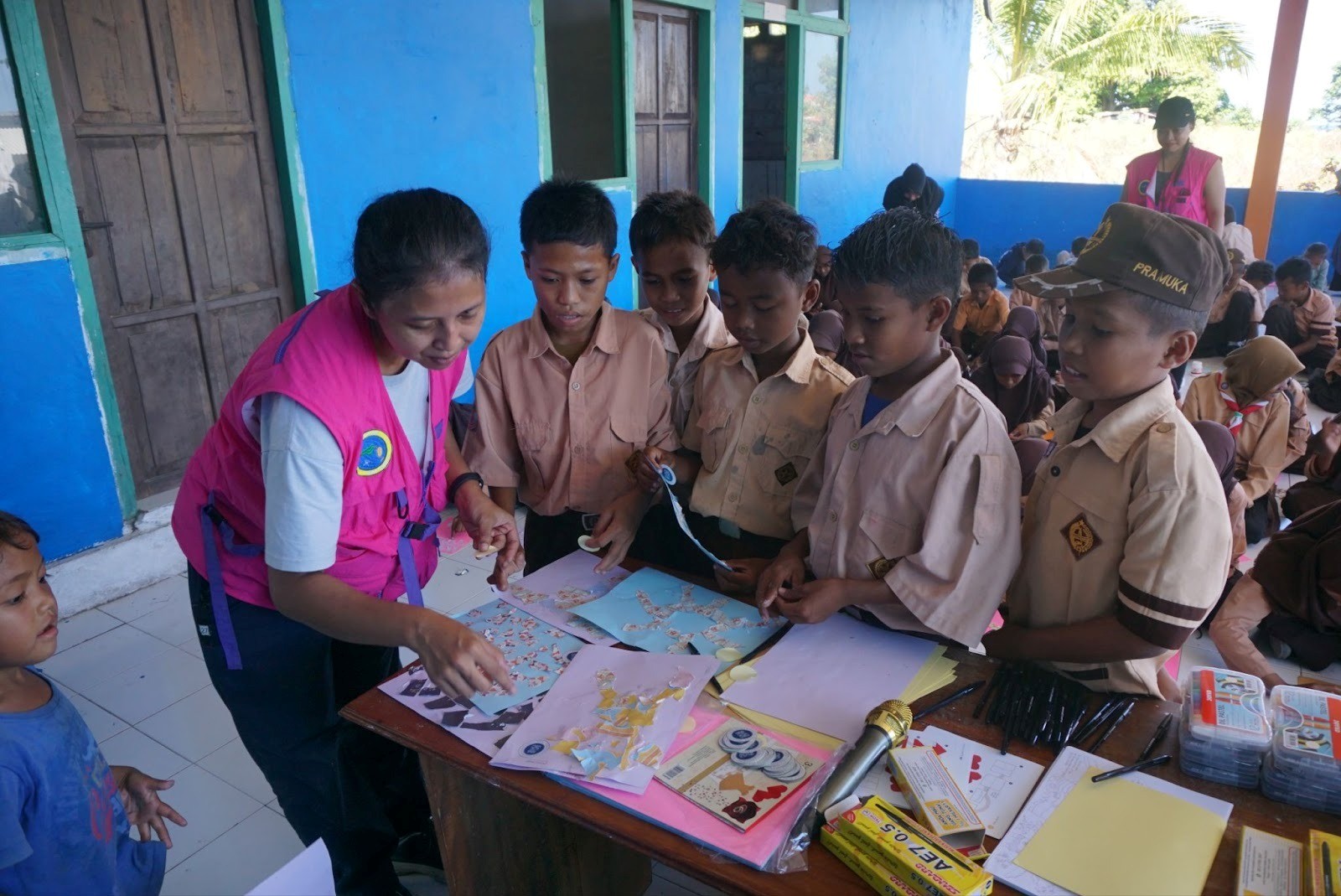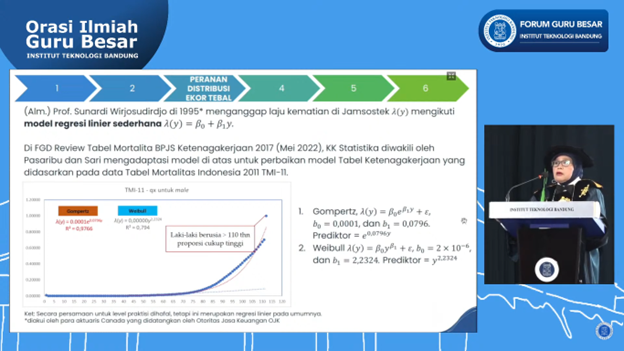Scientific Oration by Professor Syafrizal: Constructing Descriptive and Genetic Models of Mineral Deposits and Their Application in Mining
By Anggun Nindita
Editor Anggun Nindita

BANDUNG, itb.ac.id - The ITB Professors Forum once again hosted a Scientific Oration for Professors on Saturday (27/1/2024) in the West Hall of ITB Ganesha Campus. One of the professors presenting was Prof. Dr. Eng. Ir. Syafrizal, S.T., M.T., IPM., from the Faculty of Mining and Petroleum Engineering (FMPE).
Prof. Syafrizal emphasized that Indonesia's unique geological conditions contribute to its vast potential for minerals, particularly in minerals and coal. Additionally, Indonesia possesses potential metal-bearing minerals in the form of both precious and base metals. The challenge lies in comprehending the distribution of these deposits in Indonesia, whether they stand alone or are associated with other deposits.
"A descriptive model of a genetic model, can be formulated to explain geological, physical, chemical, and mineralization characteristics, providing insights into deposit types, main commodity descriptions, by-products, and other pertinent information," he explained.
The outcomes of the genetic model serve as a basis for constructing a deposit model, which is a conceptual model describing a geological framework based on observations, measurements, chemical analysis, and mineralogical analysis. Subsequently, a resource model is created through detailed exploration, describing quality and quantity. Finally, a reserve model is derived from selected resource models that meet the criteria for extraction.
According to the definition, a hydrothermal mineralization system is a system originating from fluid movement. Fluid flow progresses from the source to the deposit location, with metals playing a crucial role in the formation of economic minerals.
“The process of epidermal deposition requires a medium or opening to enable movement of the medium. Very hot fluid induces alteration zones, leading to contact between the hot fluid and surrounding rock, resulting in deposition and various textures such as banded/colloform. In confined areas with high pressure and fractures, gold formation occurs, a resource often mined today," he said.

In his dissertation focusing on model construction, Prof. Syafrizal observed that the deposits of Mount Pongkor are initially evident in locations within the magmatic arc. Faults control mineralization, composed of relatively parallel veins. Consequences of alteration events help identify new locations based on model similarities. Analyzing clay mineral composition sensitive to minerals and temperature, Mount Pongkor exhibits a fluid pH close to neutral and a temperature range of 200-240 degrees Celsius.
Fluid interaction is studied through fluid inclusion analysis, revealing trapped inclusions and measuring their formation temperature. Apart from that, the events occurring during the formation process are also examined. The varying depths of the samples reveal a notable correlation: the deeper the sample position, the more pronounced the rise in temperature becomes.
Using this data, a construction is made to understand the thermal gradient, revealing mineralization formation around 105-130 meters below the ancient groundwater level.

Based on the results of the combined analysis, there are significant implications for constructing a deposit formation reconstruction on Mount Pongkor. The implication suggests that with the vertical thermal gradient, there is presence of two general zones, namely the precious metal zone, spanning approximately 300 meters, and the base metal zone. It is evident that mining at level 515 is approaching the base metal zone. Further excavation would likely result in a decrease in gold content and an increase in base metal content.
Another study explores Rare Earth Metals (REEs), a group comprising 17 elements listed as critical minerals in Indonesia. These exceptionally rare metals play a crucial role in the electronics, medical, and high-tech industries. The implementation involves utilizing mineral absorption properties to efficiently map the presence of carriers for rare earth metals.
Reporter: Yohana Aprilianna (Urban and Regional Planning, 2021)
Translator: Hanifa Juliana (Urban and Regional Planning, 2020)
Editor: Hanna Daniela Ayu (Aerospace Engineering, 2021)

.jpg)
.jpg)


.jpg)



